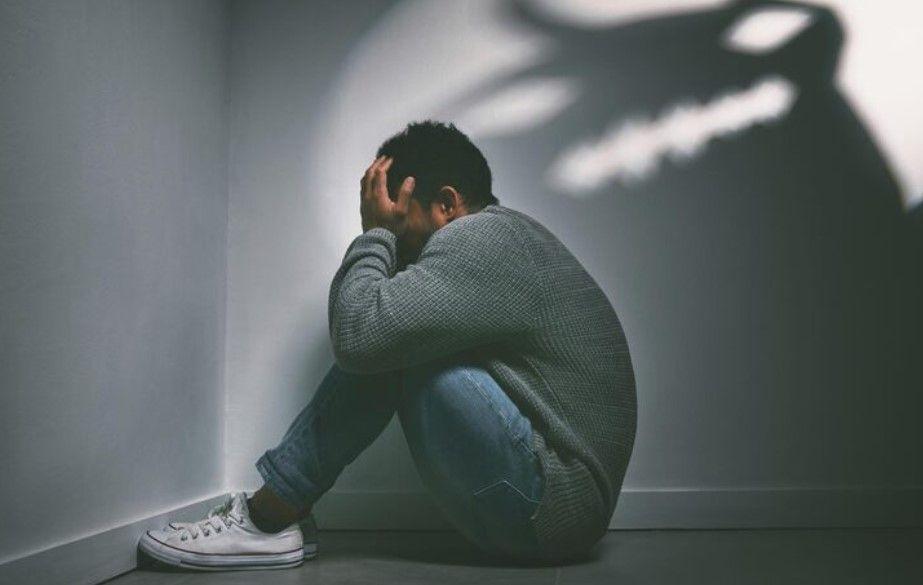Depression in 2025: A Global Disability Crisis
With over 280 million affected, depression remains a leading cause of disability worldwide. Suicide rates are rising, especially among underserved populations. Innovations include AI-enhanced diagnostics, peer-led support models, and psychedelic-assisted therapy trials. The urgency for systemic reform and funding is louder than ever.
The Global Scope: Invisible Yet Pervasive
Depression cuts across age, gender, and geography. In low- and middle-income countries, access to care is limited, while in high-income nations, burnout and isolation are driving new waves of mental health decline. Key trends in 2025 include:
- Rising rates of depression among youth, especially Gen Z, fueled by climate anxiety, social media pressure, and economic instability.
- Increased prevalence among frontline workers, caregivers, and educators, many of whom face chronic stress and emotional exhaustion.
- Persistent underreporting in older adults and men, where cultural norms discourage emotional vulnerability.
The World Health Organization warns that without urgent intervention, depression will continue to erode global well-being and economic resilience.
What We Know Now: A Multifaceted Condition
Depression is no longer viewed as a simple chemical imbalance. In 2025, it is understood as a complex interplay of biological, psychological, and social factors:
- Neurobiological research highlights disruptions in serotonin, dopamine, and glutamate pathways.
- Trauma-informed models link depression to adverse childhood experiences, systemic oppression, and intergenerational grief.
- Social determinants—poverty, displacement, discrimination—are now recognized as major contributors to depressive symptoms.
This expanded understanding is reshaping treatment approaches and public health strategies.
Treatment Innovations: Promise and Gaps
While new therapies offer hope, access remains uneven. In 2025, leading-edge interventions include:
- Psychedelic-assisted therapy (e.g., psilocybin, ketamine) for treatment-resistant depression.
- Digital mental health platforms offering CBT, journaling, and peer support.
- Transcranial magnetic stimulation (TMS) and other non-invasive brain stimulation techniques.
Yet in many regions, especially rural and underserved communities, basic mental health services are still unavailable. The treatment gap is widest where the need is greatest.
Digital Lifelines and Peer-Led Support
Technology is helping bridge some divides. In 2025, mental health apps and virtual counseling services provide:
- 24/7 access to licensed therapists and crisis support
- AI-powered mood tracking and personalized coping strategies
- Peer-led communities that reduce isolation and normalize help-seeking
These tools are especially vital for youth, LGBTQ+ individuals, and those navigating cultural stigma.
Advocacy and Cultural Shifts
The language around depression is evolving. Terms like “mental breakdown” are being replaced with “mental health crisis,” and campaigns emphasize:
- Mental health parity laws ensuring insurance coverage
- Workplace policies that include paid mental health days and flexible schedules
- School-based screening and early intervention programs
The Path Forward: From Crisis to Collective Care
Depression in 2025 is not just a medical issue—it’s a societal one. Addressing it requires:
- Cross-sector collaboration between health, education, labor, and justice systems
- Investment in inclusive, trauma-informed care models
- A global commitment to mental health as a human right
The crisis is real—but so is the opportunity. With empathy, innovation, and systemic change, we can move from despair to dignity, and from isolation to collective healing.
CATEGORIES












